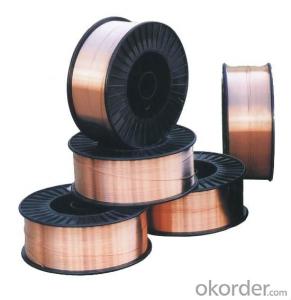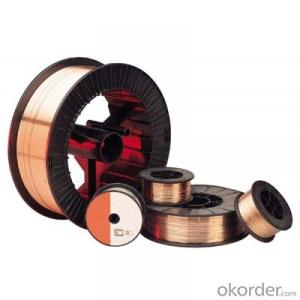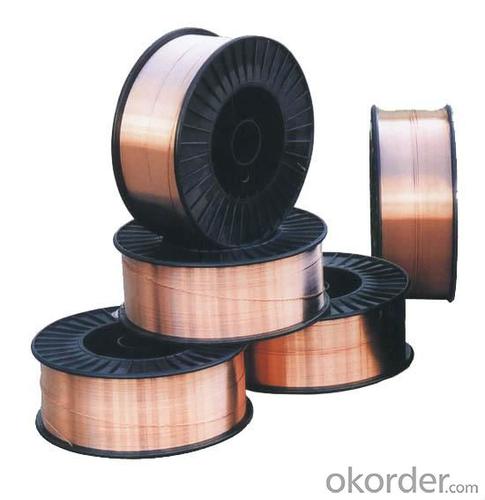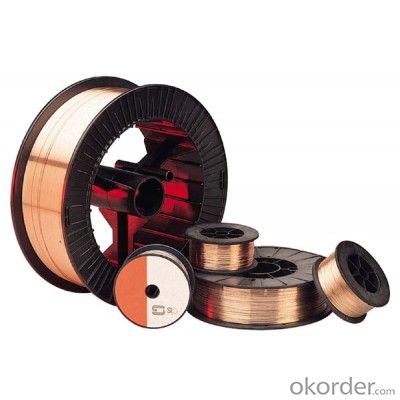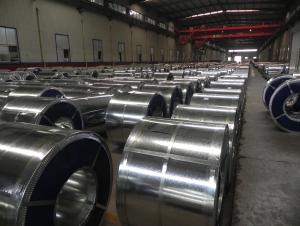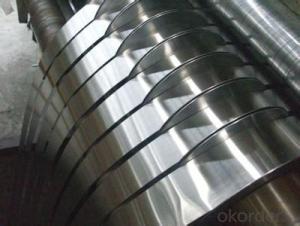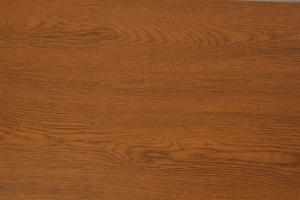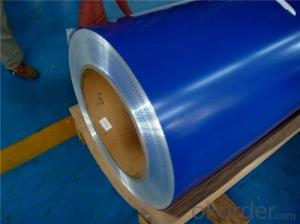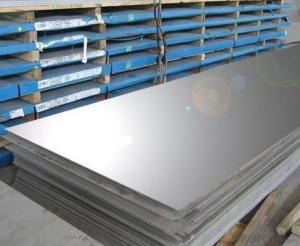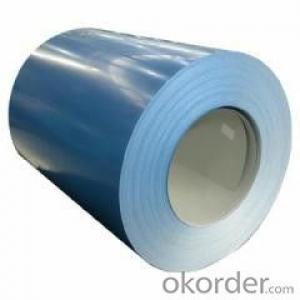Grain Oriented Electrical Silicon Steel Sheet
- Loading Port:
- Shanghai
- Payment Terms:
- TT OR LC
- Min Order Qty:
- 25 m.t.
- Supply Capability:
- 1000 m.t./month
OKorder Service Pledge
Quality Product, Order Online Tracking, Timely Delivery
OKorder Financial Service
Credit Rating, Credit Services, Credit Purchasing
You Might Also Like
Grain Oriented Electrical Silicon Steel Sheet
Description
| Standard | ASTM, DIN, GB, JIS | |||
| Nominal Thickness | 0.23mm,0.27mm,0.30mm,0.35mm | |||
| Nominal Width | 50mm~1200mm | |||
| Length | Any length based on coil weight or by required | |||
| Coil Inner Diameter | 508mm | |||
| Surface treatment | Inorganic Coating | |||
| Semi-organic Coating | ||||
| Grade | B23P090/P095,B23G110/G120,B27P090/P095,B27G120/G130 B30P140/P130,B30G120/G130,B35P130,B35P135,etc. | |||
| Delivery lead time | 15~30 Days after Receiving T/T Prepayment or LC Date | |||
| Price TERM | FOB,CIF,CFR,EX Works,FCA,DDU | |||
| Port of Loading | China Port | |||
| Payment | L/C at Sight | |||
| T/T 30% in Advance,70% Balance after Received B/L Copy | ||||
| Alibaba.com Trade Assurance | ||||
Specification
| Type | Grade | Thickness (mm) | Available width range(mm) | Inside diameter(mm) | Density (kg/dm³) | P17/50Max.Core Loss(W/kg) | B8Min.Induction(T) |
| Common Type | B23G110 | 0.23 | 700~1200 | 508 | 7.65 | 1.10 | 1.80 |
| B23G120 | 1.20 | 1.80 | |||||
| B27G120 | 0.27 | 7.65 | 1.20 | 1.80 | |||
| B27G130 | 1.30 | 1.80 | |||||
| B30G120 | 0.30 | 7.65 | 1.20 | 1.80 | |||
| B30G130 | 1.30 | 1.80 | |||||
| B30G140 | 7.65 | 1.40 | 1.80 | ||||
| B35G135 | 0.35 | 1.35 | 1.80 | ||||
| B35G145 | 7.65 | 1.45 | 1.80 | ||||
| B35G155 | 1.55 | 1.80 | |||||
| High Induction Type | B23P090 | 0.23 | 7.65 | 0.90 | 1.87 | ||
| B23P095 | 0.95 | 1.87 | |||||
| B23P100 | 1.00 | 1.87 | |||||
| B27P095 | 0.27 | 7.65 | 0.95 | 1.88 | |||
| B27P100 | 1.00 | 1.88 | |||||
| B27P110 | 1.10 | 1.88 | |||||
| B30P100 | 0.30 | 7.65 | 1.00 | 1.88 | |||
| B30P105 | 1.05 | 1.88 | |||||
| B30P110 | 1.10 | 1.88 | |||||
| B30P120 | 1.20 | 1.88 | |||||
| B35P115 | 0.35 | 7.65 | 1.15 | 1.88 | |||
| B35P125 | 1.25 | 1.88 | |||||
| B35P135 | 1.35 | 1.88 | |||||
| Domain Refined High Induction Type | B23R080 | 0.23 | 7.65 | 0.80 | 1.87 | ||
| B23R085 | 0.85 | 1.87 | |||||
| B23R090 | 0.90 | 1.87 | |||||
| B27R090 | 0.27 | 7.65 | 0.90 | 1.87 | |||
| B27R095 | 0.95 | 1.87 | |||||
| NOTE: | |||||||
| Detecting Basis GB/T3655-2000 | |||||||
| P17/50 means core loss of sample per kg at max.magnetic induction 1.7T and frequency 50HZ; | |||||||
| B8 means magnetic induction corresponding to 800A/m magnetic field intensity. | |||||||
Dimensional and Shape Tolerances
| Thickness(mm) | Thickness tolerance(mm) | Longitudinal thickness tolerance(mm) | Traverse thickness tolerance(mm) | Width tolerance(mm) | Flatness(%) | Camber within 2m(mm) |
| 0.23 | ±0.025 | ≤0.030 | ≤0.020 | 0~+2 | ≤1.5 | ≤1.0 |
| 0.27 | ±0.030 | |||||
| 0.3 | ||||||
| 0.35 |
Typical Mechanical Property
| Type | Thickness(mm) | Yield Strength(N/mm2) | Tensile Strength(N/mm2) | Elongation(%) | Hardness(Hv1) | Number of Bends | Lamination Factor(%) |
| Common Type | 0.27 | 335 | 305 | 12 | 190 | 25 | 97 |
| 0.30 | 345 | 310 | 12 | 190 | 20 | 98 | |
| High Induction Type | 0.27 | 350 | 325 | 12 | 195 | 20 | 97 |
| 0.30 | 350 | 310 | 11 | 195 | 17 | 98 | |
| Domain Refined High Induction Type | 0.27 | 355 | 330 | 10 | 200 | 18 | 97 |
Picture
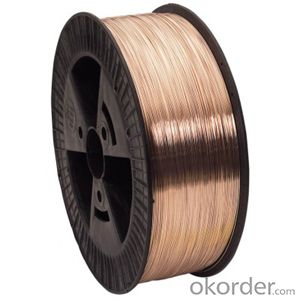
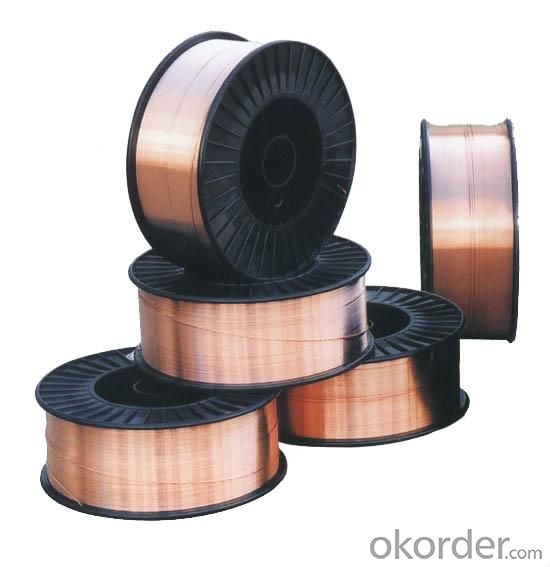
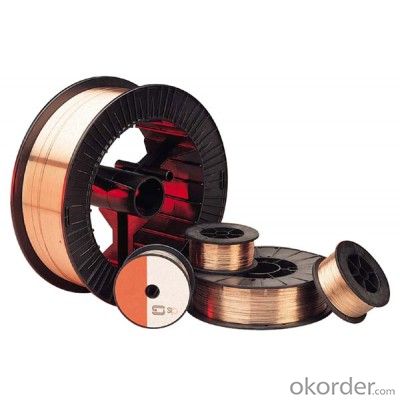
- Q: How are steel coils used in the production of electrical connectors?
- Steel coils are used in the production of electrical connectors as they are often used as a raw material for manufacturing the connector pins. The steel coils are typically shaped and cut to specific dimensions to create the pins, which are then inserted into the connectors to establish electrical connections.
- Q: How are steel coils used in the manufacturing of industrial boilers?
- Steel coils are used in the manufacturing of industrial boilers as they provide a strong and durable material for constructing the boiler's shell and tubes. The coils are shaped and welded together to form the boiler's structure, ensuring a sturdy and reliable construction. Additionally, the steel coils are often coated or treated to resist corrosion and withstand high temperature and pressure conditions, making them suitable for the demanding environment of industrial boiler operations.
- Q: What are the dimensions of steel coils used in the storage tank industry?
- Steel coils used in the storage tank industry come in various dimensions, depending on the specific requirements of the tank being manufactured. Generally, these coils are available in different sizes and thicknesses. The width of the steel coils can range from approximately 600 millimeters to 2,400 millimeters. Similarly, the length can vary from a few meters to tens of meters. The thickness of the coils can also differ, typically ranging from 1.5 millimeters to 10 millimeters or more. Factors such as the size and capacity of the storage tank, the material being stored, and the structural requirements of the tank determine these dimensions. Consequently, the tank manufacturer or designer would determine the specific dimensions for a given storage tank project, following industry standards and project specifications.
- Q: Can steel coils be coated with decorative designs?
- Yes, steel coils can be coated with decorative designs. This is commonly achieved through various coating techniques like painting, powder coating, or laminating, which can add aesthetic appeal to the steel coils while enhancing their overall appearance and functionality.
- Q: i was giving this old knive. the knife part is stainless steel and has a couple rust spots but im not sure that the handle is (i think stainless) but it has this un smooth surface i dont think its rust because its not brown. would rubbing alcohol help clean it?
- Your answers are all good but I would mention that we have a set of Sabtier chef knifes that were expensive these look to be stainless but are not quite as I think that marine grade stainless does not make the best cutting edge and my guess is that your knife would contain a greater amount of carbon better cutting edge but not so stainless. As a carpenter that has to sharpen cutting tools I add that I have never had a chisel or plane blade that was made of stainless steel and the best edges I obtain are with vintage tools. Bar Keepers friend is great as is 00 grade wire wool but do not put your knife through the dishwasher as the cleaning tabs will pit the surface of your knife.
- Q: What are the main factors to consider when selecting a steel coil supplier?
- When selecting a steel coil supplier, the main factors to consider are the supplier's reputation and reliability in delivering high-quality products, their ability to meet your specific requirements such as coil size, grade, and coating, their competitive pricing and payment terms, their capacity and ability to handle your required quantity, and their customer service and responsiveness to your needs.
- Q: How are steel coils processed for cold rolling or hot rolling?
- Steel coils are first unwound and inspected for any defects. Then, they are cleaned and treated to remove any impurities. For cold rolling, the coils are passed through a series of rollers at room temperature to reduce their thickness and improve their surface finish. On the other hand, for hot rolling, the coils are heated to high temperatures and then passed through rollers to achieve the desired thickness and shape.
- Q: What are the different methods of cutting edge trimming for steel coils?
- There exist multiple techniques for trimming steel coils, each with unique benefits and applications. Some of the frequently employed methods are as follows: 1. Shearing: This method entails cutting the steel coil's edge using sharp blades. It is a quick and efficient technique suitable for high-volume production. However, shearing may lead to slight distortion or burrs along the cut edge. 2. Slitting: Slitting involves passing the steel coil through rotating circular blades, resulting in narrower strips. This method is commonly adopted when precise width control is necessary, such as for the production of narrow strips or coils with multiple widths. 3. Laser cutting: Laser cutting is a highly precise technique that employs a laser beam to cut through the steel coil. It offers the advantage of producing clean and precise cuts without any distortion or burrs. Laser cutting is frequently used for intricate or complex shapes that require high accuracy. 4. Plasma cutting: Plasma cutting utilizes an ionized gas jet to cut through the steel coil. It is particularly suitable for thicker materials or applications where high cutting speeds are required. Plasma cutting can generate clean and smooth cuts, although a slight bevel may be present on the edge. 5. Waterjet cutting: Waterjet cutting employs a high-pressure jet of water mixed with an abrasive substance to cut through the steel coil. This technique is highly versatile and can be used for various materials and thicknesses. Waterjet cutting is renowned for producing precise cuts without any heat-affected zone. 6. Sawing: Sawing is a traditional method that involves using a rotating saw blade to cut through the steel coil. It is commonly used for thicker materials or when a rougher cut is acceptable. Sawing can be performed manually or with the assistance of automated sawing machines. Each method possesses its own advantages and considerations, and the selection depends on factors such as required accuracy, production volume, material thickness, and desired edge quality.
- Q: How are steel coils used in the production of rail tracks?
- Steel coils are used in the production of rail tracks as they are a primary raw material for manufacturing the rails. These coils are first processed to form the desired shape and dimensions of the rail tracks, which are then cut, welded, and shaped to create the individual rail sections. The steel coils provide the strength, durability, and flexibility necessary for the tracks to withstand heavy loads, extreme weather conditions, and constant use.
- Q: What are the dimensions of steel coils used in the mining equipment industry?
- The dimensions of steel coils used in the mining equipment industry can vary depending on the specific application and equipment. However, common dimensions for steel coils in this industry range from 0.5 to 3 millimeters in thickness and 600 to 2000 millimeters in width. The length can also vary but is typically around 1000 to 3000 meters.
Send your message to us
Grain Oriented Electrical Silicon Steel Sheet
- Loading Port:
- Shanghai
- Payment Terms:
- TT OR LC
- Min Order Qty:
- 25 m.t.
- Supply Capability:
- 1000 m.t./month
OKorder Service Pledge
Quality Product, Order Online Tracking, Timely Delivery
OKorder Financial Service
Credit Rating, Credit Services, Credit Purchasing
Similar products
Hot products
Hot Searches
Related keywords
